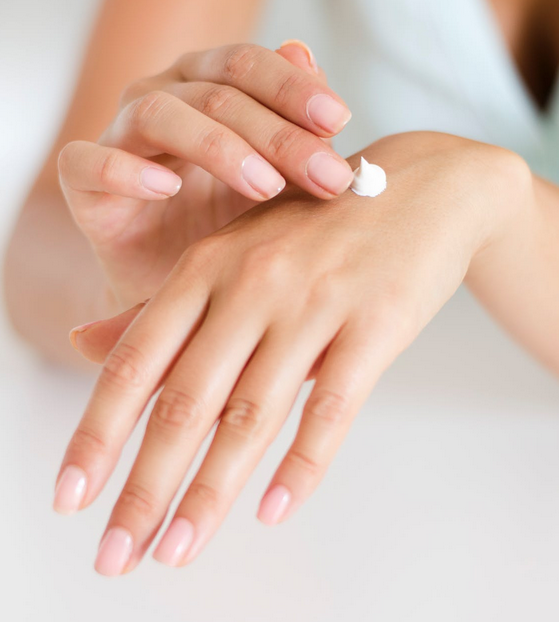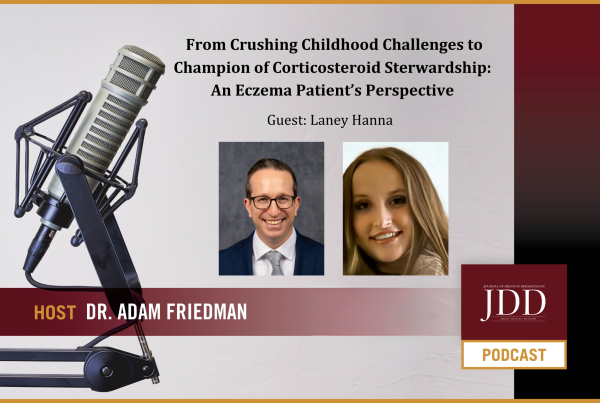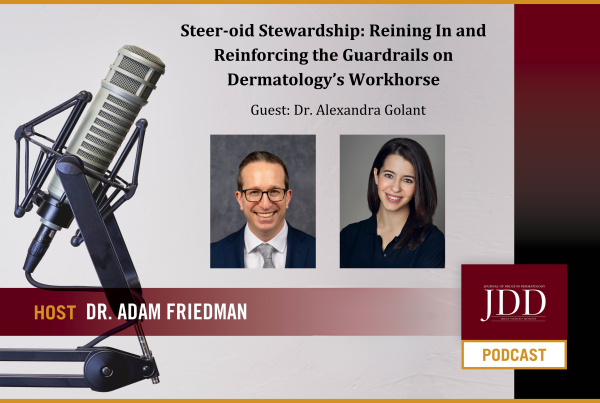JDD Webinars
Watch On Demand

This exclusive #SkinChat webinar originally aired on December 16th, 2020. Dr. Leon H. Kircik and Professor Petra Staubach-Renz discussed the importance of adjunctive skincare solutions for your patients with Keratosis Pilaris and Psoriasis.
Proper hydration and exfoliation support treatments for patients with inflammatory skin conditions
By Heather Onorati
People with conditions characterized by an impaired skin barrier and hyperkeratosis can benefit from incorporating a uniquely formulated skincare regimen with other recommended treatments, according to two experts who shared insights into how a variety of ingredients work to complement therapeutic selections and improve outcomes for these patients.
In a recent webinar, Professor Petra Staubach-Renz, department of dermatology, University Medical Center, Mainz, Germany, and Leon H. Kircik, M.D., Icahn School of Medicine at Mount Sinai, New York, delivered very relevant presentations on adjunctive skincare solutions for hyperkeratolytic conditions.
Dry, rough, uneven skin is a common symptom for many of these hyperkeratolytic conditions, according to Prof. Staubach-Renz. This is characterized by a build-up of cells on the skin’s surface that create an irregular, thick texture. Hyperkeratosis commonly presents in patients with conditions like keratosis pilaris, ichythyosis, psoriasis, and atopic dermatitis.
More than 40% of people around the world suffer from keratosis pilaris, also called follicular keratosis, Prof. Staubach-Renz noted. In addition, there are more than 125 million people globally who suffer from psoriasis, 60% of which report that the disease significantly affects their lives, Dr. Kircik added. The biggest problems that those affected report are the appearance of the skin and the scaling, which result from transepidermal water loss and a dysfunctional epidermal barrier, he explained.
Dry, rough, uneven skin is a common symptom for many of these hyperkeratolytic conditions, according to Prof. Staubach-Renz. This is characterized by a build-up of cells on the skin’s surface that create an irregular, thick texture. Hyperkeratois commonly presents in patients with conditions like keratosis pilaris, ichythyosis, psoriasis, and atopic dermatitis.
According to Prof. Staubach-Renz, this is important to understand in order to treat the skin with the proper basic therapy. There are several critical components, and those include mild exfoliation with keratolytics and an occlusive moisturizer.
Keratolytics break down the outer layers of the skin, which ultimately allow for other topical therapeutics like corticosteroids to penetrate, Dr. Kircik explained. Often, people who are prescribed topical corticosteroid treatments will complain they are unsatisfied and that the treatment is not working.
“This is where the keratolytics come into the picture,” Dr. Kircik said. Compounds like urea and salicylic acid break down that thick skin and allow the topical medication to penetrate.
Pairing this activity with humectants and an occlusive will support repair of the epidermal barrier by allowing the skin to attract and then retain moisture.
One over-the-counter skincare system that utilizes this combination of ingredients in a unique timed-release delivery system demonstrated both efficacy and tolerability in two studies cited by Prof. Staubach-Renz, which examined their use in the treatment of keratosis pilaris.
Researchers found in one study that patients experienced a decrease in transepidermal water loss 1 hour following use of both a cleanser and cream, cell turnover time accelerated at 3-5 days, and 9 of 10 patients subjectively agreed that the skin felt softer, smoother and more comfortable after week 4. In a second study, the severity of dryness, texture and erythema began to improve at two weeks on dermatologic exam. At 8 weeks, skin dryness was reduced by 76%, and there was a visual improvement in roughness and erythema.
Heather Onorati is an experienced medical writer and editor with more than 20 years covering the dermatology industry.
You May Also Like


Get More from the JDD Webinars
Get the latest Webinar news delivered straight to your Inbox – sign up for the JDD Newsletter.
Discover the latest research, exclusive articles from leading dermatology experts,popular Podcast episodes, free CME activities, and more!









